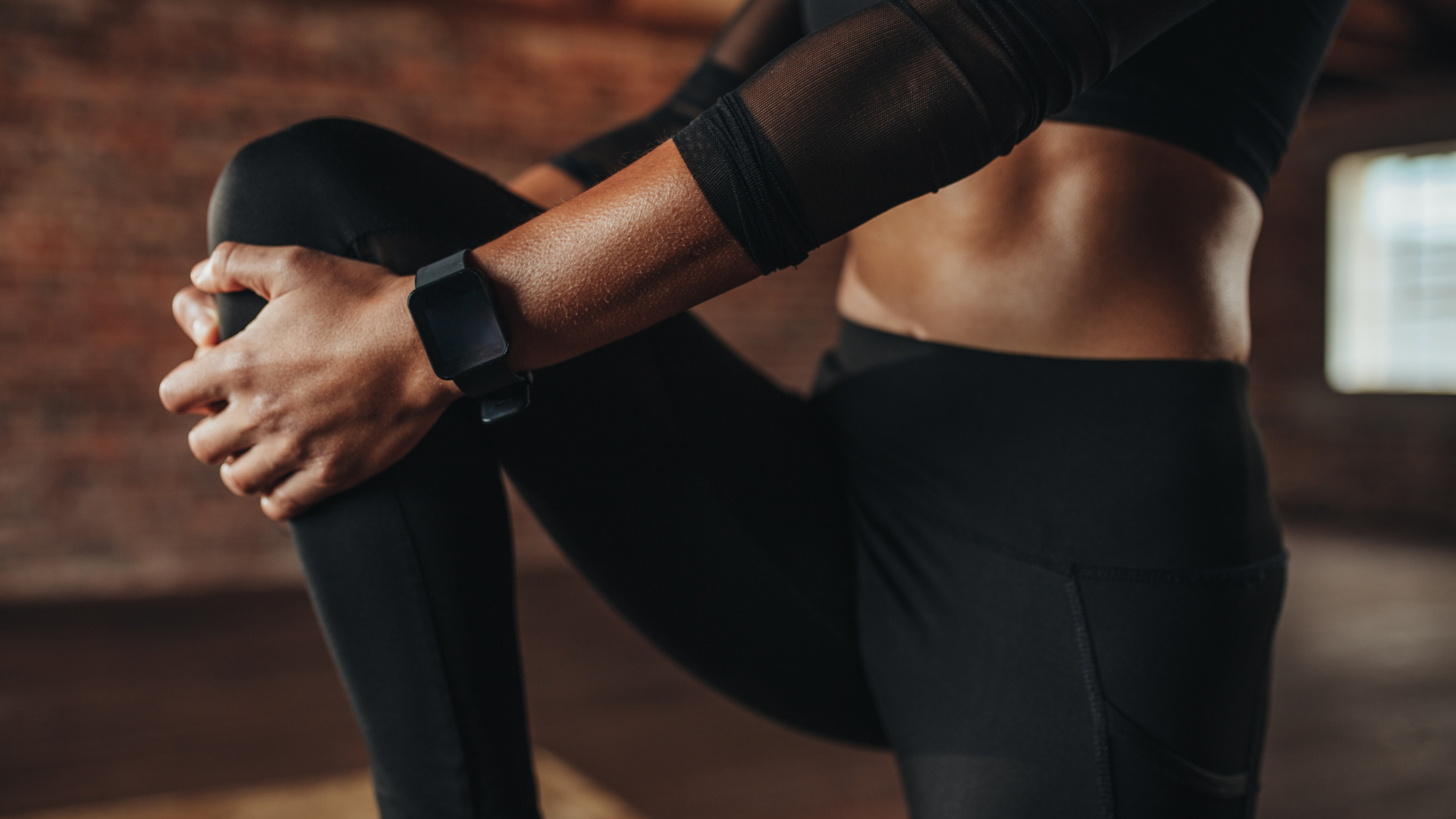The Real Benefits of Stretching Every Athlete Should Know
For any athlete, performance is key. Whether you’re sprinting down a track, lifting heavy in the gym, or recovering after a tough game, every edge counts. One often overlooked yet essential part of athletic performance and recovery is stretching. While it might seem like a warm-up ritual or a cool-down afterthought, stretching has real, measurable benefits that can make a difference in how you train, perform, and recover.
Improved Flexibility and Range of Motion

First and foremost, stretching improves flexibility. For an athlete, that means your joints and muscles can move through their full range of motion more efficiently. This helps with everything from sprint mechanics to lifting form to agility on the field. Increased flexibility also reduces the risk of muscles becoming tight and overused, which can lead to strains or tears. It’s not about doing the splits; it’s about moving better, more freely, and more efficiently in your sport.
Injury Prevention

One of the biggest reasons athletes should prioritize stretching is injury prevention. Tight muscles are more prone to injury, especially during high-intensity movement. Dynamic stretching before activity—like leg swings or walking lunges—helps prepare muscles for action by increasing blood flow and gradually increasing mobility. Static stretching after a workout, when muscles are warm, helps prevent them from tightening up and shortening, reducing the risk of pulls, tears, or chronic strain over time.
Better Posture and Muscle Balance

Athletes often overdevelop certain muscle groups depending on their sport. A sprinter may have dominant quads, while a swimmer might have tight shoulders. Stretching helps maintain muscle balance and supports better posture by loosening tight areas and allowing opposing muscle groups to work together more effectively. For example, stretching tight hip flexors can help prevent lower back pain and promote a more powerful and efficient stride.
Enhanced Recovery

Stretching plays a key role in post-workout recovery. After intense training, muscles become tight and filled with lactic acid. Gentle stretching increases circulation, helping remove waste products and deliver oxygen and nutrients to the muscles. This can reduce soreness, speed up recovery time, and keep you consistent in your training without excessive downtime.
Mental Focus and Relaxation

Athletics is as much mental as it is physical. Stretching gives athletes a chance to slow down, breathe, and reset mentally. Incorporating deep breathing with stretching activates the parasympathetic nervous system, which promotes relaxation and reduces stress. This not only supports recovery but also improves focus and mental clarity—crucial during training and competition.
The Bottom Line
Stretching isn’t just for yogis or warm-up routines. For athletes, it’s a tool that enhances performance, reduces injury risk, improves recovery, and helps maintain longevity in sport. Make it a non-negotiable part of your training regimen. The 10 minutes you spend stretching today might be what keeps you strong, mobile, and injury-free tomorrow. So roll out that mat, take a breath, and stretch it out—you’ll thank yourself in the long run.






